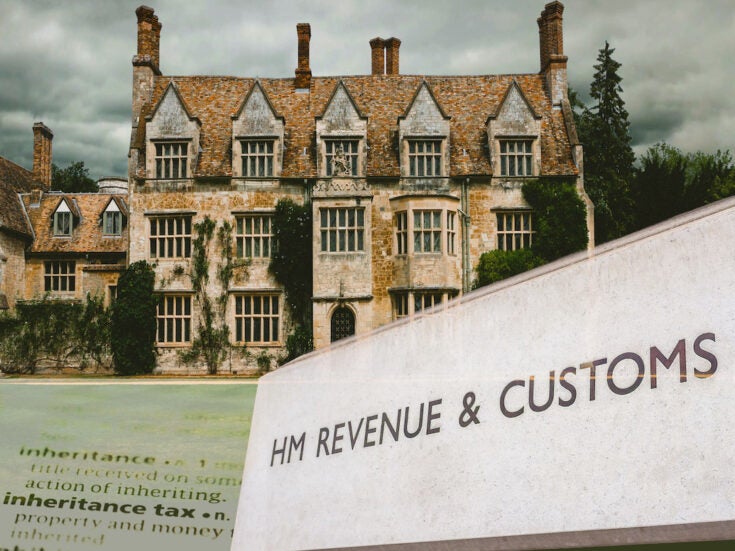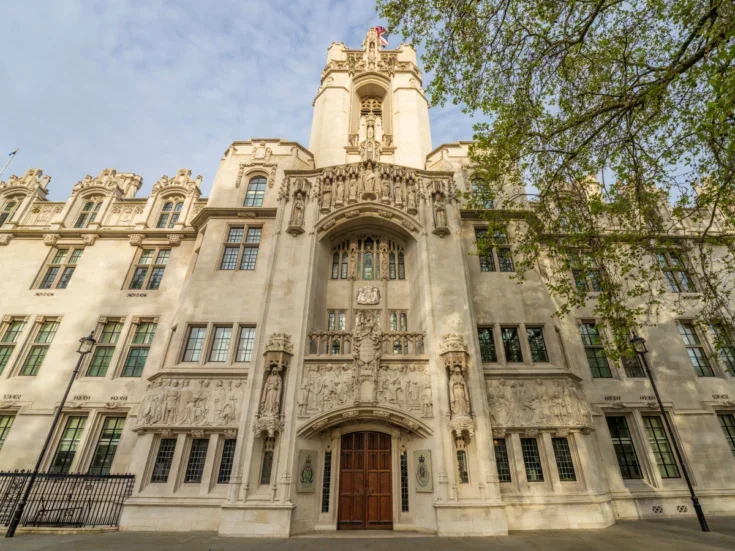
Philip Pearlstein has made the most of a unique range of influences, from wartime
experiences to plumbing fixture catalogues, in his distinctive nudes and other works, writes Anthony Haden-Guest
Philip Pearlstein, whose paintings are up at London’s Saatchi Gallery until late March, is one of America’s most admired realists. He is best known for nudes, often powerful, un-erotic females, who are painted alongside such toys for grown-ups as a Michelin man, a speedboat, a Godzilla and an aerial blimp.
A recent show of his work at the Betty Cuningham Gallery in downtown Manhattan, however, was interestingly different. That work was painted when Pearlstein, who is now 93, was an army recruit, designing military material such as charts, diagrams and signs, sometimes using basic geometric forms not unlike those painted by such radical early Abstractionists as Kazimir Malevich.

‘Did they know you were painting Maleviches?’ I wondered. ‘I hadn’t heard of Malevich,’ he said simply.
Pearlstein grew up in Pittsburgh and showed talent early, winning first prize in the Scholastic Magazine high-school art contest with a painting called Merry-Go-Round and third prize for one of a barber shop. The high school show went on to New York’s Metropolitan Museum and was picked up by Life magazine, which gave Pearlstein’s contribution a half-page in colour. ‘That made me very famous in Pittsburgh,’ he says.
That was 1941. He got a scholarship to the Carnegie Institute of Technology, but after a year he was drafted into the army and went straight into the punishing training regimen. ‘Which really transformed me from a pudgy baby,’ he said. ‘But everybody else went through this same transformation. It was amazing to see in the shower room. So I got very interested in how the body moves and all that.’
Pearlstein was one of the handful called aside when everybody else was shipped off to the war; the army had paid attention to his media exposure, his year in college. He went on to a training camp in Florida run by the former head of an advertising agency, where the regimen mostly involved drafting implements, and some of his work there would wind up at the Betty Cuningham Gallery.

Then Pearlstein was shipped off to the war, landing in Naples, then, after the departure of the Germans, moving on to Rome. ‘Rome was declared an open city right when we arrived,’ he says. ‘There was the Turkish army there, the French and the English and us, all living out there. Every night we could go into Rome, and we spent weekends in Rome. I took full advantage, with a couple of other guys – we went to all the museums.’
After the war, Pearlstein went back to the Carnegie Institute, where he met a younger man who was impressed by his Life magazine glory: Andy Warhol, then called Andy Warhola. A close friendship developed and after graduation in 1949 they went to
New York, determined to be artists while doing commercial art to make a living, and moved into an eighth-floor walk-up on the Lower East Side.

Pearlstein and Warhol went on to share a second apartment in the front room of a dance studio, and they remained close after Pearlstein married. Indeed, they worked together on a project, a cookbook, with Warhol doing the writing, his mother the printing and Pearlstein the drawing. ‘I took the job because no other jobs were available,’ he said. ‘There was no money in the art world in the Fifties because there was no market in the Fifties. Bob Scull built that famous collection for a few hundred dollars. He just gave dinner parties.’
The cookbook project never did achieve lift-off, but Warhol did become what Pearlstein calls ‘the highest-paid illustrator in the country’. I observed that this was something that few of his future fellow Pop artists would prove willing to forget and forgive when he became a full-time artist.
‘They didn’t like what he was doing as a Pop artist either,’ he said. ‘That was especially what they didn’t like. The artists hated him.’

Pearlstein, meanwhile, had found work on a series of catalogues for the building trade. ‘I worked on this series of catalogues of plumbing fixtures, including toilets and urinals,’ he says. Appropriately, it was then that he first encountered the work of Marcel Duchamp and his fellow provocateur, Francis Picabia. ‘It was a tiny gallery called Rose Fried. One day I looked in the window and there was this huge abstract painting of Picabia, which is now at the Chicago Art Institute. I was really impressed. At that point I knew what Dada was. Robert Motherwell had recently published in English the first book on the Dada artists and poets. Astounding!’
Pearlstein was soon at work on a thesis about Picabia and Duchamp. He also took a job working on layouts in the art department of his early launch vehicle, Life, and was also, of course, working on his own art, which was a variant of abstract expressionism. It happened that he was hanging a show in a gallery on Tenth Street, alongside Willem de Kooning’s studio.
‘De Kooning was a very smart guy. He was a good friend of Pollock’s. When the Metropolitan Museum bought that Jackson Pollock for $30,000, the highest price ever, he said, “I went to look at the painting.” He said, “I looked and looked. And, well, you know, in spite of everything, his intelligence shows.” He said that’s the important part of a painting.
It has to be intelligent!’

Pearlstein paused, clearly still awed, and added: ‘Incredible!’
He too was making some moves. He had decided that abstraction was not territory he could call his own. Back when he was an army recruit he had painted his fellow GIs – some of those watercolours were in the show at Betty Cuningham – and in the late Fifties he began drawing from the figure. Within a few years he was painting from the model.
The memory of the soldiers’ bodies in motion had remained with him, and so too had his experience in art departments. ‘At Life you would get the photographs for a particular article and the art director would suggest cropping the photographs,’ he said. ‘There were at least eight variations of cropping of each photograph. And you made up eight layouts, variations, and you would paste it up with type and all of that, and I became fascinated with what happened up around the edges, what they thought wasn’t important.’ That hadn’t been useful while he was painting abstractions. It became useful now.

Pearlstein had fudged around making quirky paintings back when he was working on a plumbing fixture catalogue. ‘I started painting things from that catalogue,’ he said, ‘like a shower unit, which to me looked like something from a prison. That was in ’49. The last one I did was Superman.’ He laughed. ‘I got involved in doing these crazy things. I had a shower unit attacking a young girl – he was towering over her! Oil paintings. But I must have seen Clyfford Still somewhere along the line, because the background is full of these fragmented colours.’
The figural language that Philip Pearlstein has since developed can be compared in its power and depth to that of his near contemporary, Lucian Freud, but his treatment of his models is radically different. They are given personality, I suggested to him, but the personality doesn’t seem to be part of the painting.
‘I’m not psychoanalysing,’ he said. ‘They are just there.’ Just there, yes, but, as you can see in the Saatchi paintings, dramatically composed, in a manner all his, internalised years before while studying the various ways of cropping photographs at Life.
Pearlstein’s increasingly high profile in the art world naturally has had interesting side-effects. Some years back the late Hilton Kramer, then the arts tsar at the New York Times, revealed in a full-pager in a summer issue that Pearlstein had formerly roomed with Andy Warhol.
‘Until that point nobody knew that we had been close friends. But once that came up all kinds of questions came up,’ Pearlstein said. ‘Andy was very famous by then, and notorious. So I had to answer questions.’ He laughed, and added: ‘But by that time I had three children in high school.’
Anthony Haden-Guest is arts editor at Spear’s
Related
Review: Known Unknowns, Saatchi Gallery
Review: The Court of Redonda, Heong Gallery
Is this the next Patrick Heron?






